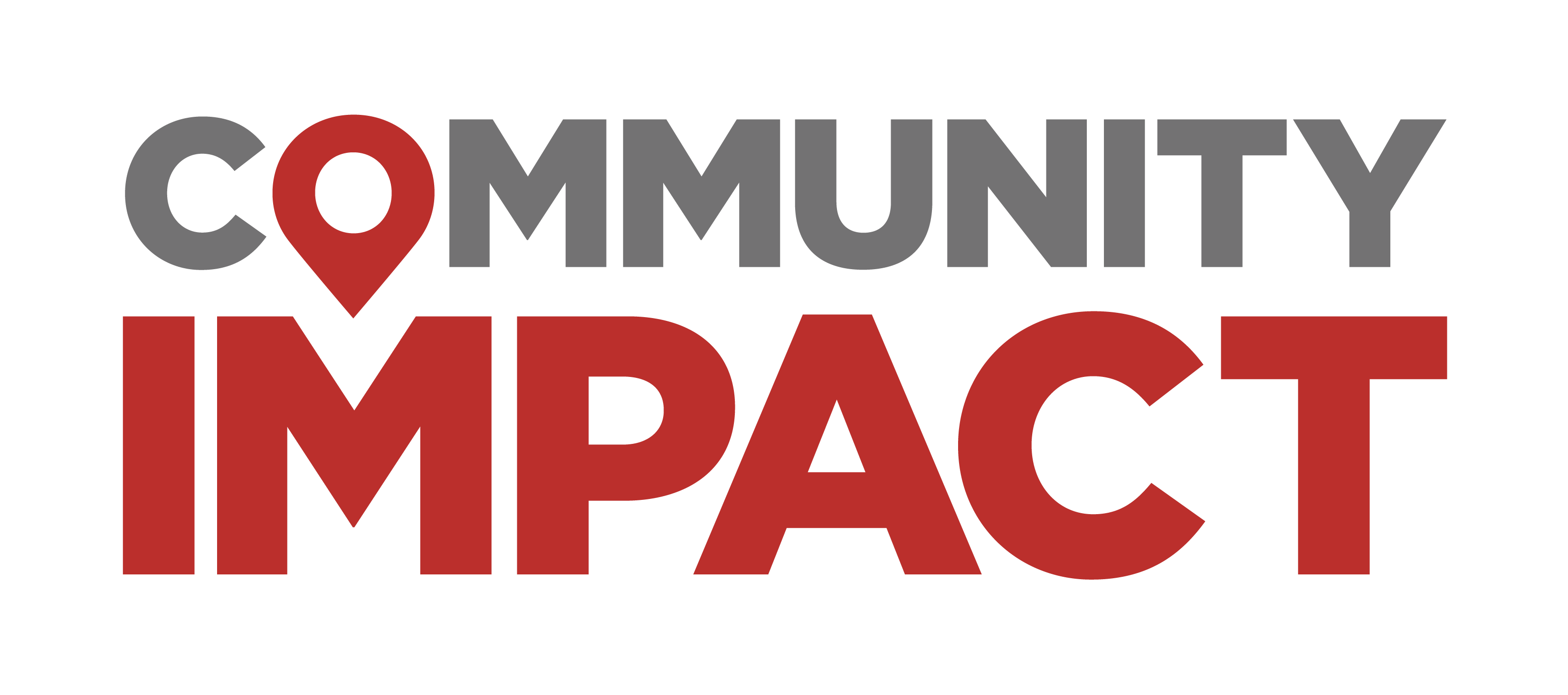The setup
City Council adopted Austin's fiscal year 2025-26 budget in August with more than $100 million in added spending for homeless housing and services, public safety, parks upkeep and other priority items. That extra funding was tied to a higher tax rate beyond the voter-approval level, requiring a tax rate election.
However, voters rejected a larger tax hike under Proposition Q, leading to this fall's downward revisions to the FY 2025-26 budget. City financial staff shared recommendations for a smaller general fund in early November that's in line with City Manager T.C. Broadnax's original draft budget and now the basis for what Mayor Kirk Watson billed as "basic budgeting for basic services."
Council's first public deliberation over the constrained budget Nov. 18 will be followed by another discussion and public hearing Nov. 19. Officials will approve an FY 2025-26 spending plan Nov. 20 or in the following days after further discussion of the reductions to come.
Council member Ryan Alter noted that most department costs continue to rise each year by more than 3.5%—the level at which Texas caps cities' annual revenue growth—and that officials must focus on balancing the budget regardless of other spending priorities.
“We are dramatically growing our departments at a rate that our revenue cannot sustain," he said. "We can’t cut and replace, we just have to cut.”
A closer look
Most departments under Austin's general fund, which supports public-facing services from public safety to parks and libraries, will see reductions from levels proposed under Proposition Q.The $1.48 billion general fund outlined by staff accounts for about one-fourth of the overall budget. Most of council's additions to that fund for things like new homeless housing units, fire and EMS employees and vehicles, parkland maintenance staff, public health services and community violence response are slated to be cut.Topics raised during council's Nov. 18 review included finding additional vacancy savings across city offices, addressing public safety overtime and fully funding public safety. For example, a group of officials led by Mayor Pro Tem Vanessa Fuentes is proposing other department cuts to maintain normal EMS operations and avoid brownouts, or reduced coverage, around the city.
Council member Mike Siegel also suggested staff savings could be achieved at the Austin Police Department, home to the majority of Austin's longstanding vacancies. He and others noted APD's limited progress with recruitment over several years as one factor that could allow for its budgeted force to be reduced, without impacting actual officer levels.
However, finance staff and police Chief Lisa Davis said eliminating budgeted positions could harm operations as vacancy savings are typically used to cover rising overtime costs. For example, APD budgeted about $25.2 million for overtime last year and saved about $8.8 million from vacancies, but actual overtime costs ended up passing $39 million—requiring about $5 million in further department adjustments despite the savings.
Outside public safety, wide-ranging social service contracts may be reduced for the council priority of homelessness response. Organizations contracting for public health, economic development and city court services all face 10% reductions, while Austin Homeless Strategy and Operation's own service contracts would be cut by 4% to fund other initiatives in that area. Next year's budget will likely bring further cuts in those areas as well.
With the loss of tens of millions of planned homelessness response dollars, AHSO Director David Gray said Austin should prioritize investing in shelters, tenant services at new permanent supportive housing developments, and projects like the launch of a public-facing encampment dashboard.
"Given the reality of having to make some budget adjustments because of Prop Q, our guiding principle first and foremost is to do no harm, to sustain the momentum and the gains we’ve been able to develop as a city and in partnership with the community," he said.
Looking ahead
While council's currently focused on balancing the FY 2025-26 budget, further limitations—and higher costs for residents—are expected for FY 2026-27 starting next October.
This year's roughly 4% increase in city and utility charges for the typical city homeowner will be followed by a more than 6% jump next year. That includes about $165 more in property taxes supporting the general fund based on a median taxable home value of nearly $495,000.Some impacts expected next year include almost $17 million in social service contract cuts, no raises for most city employees—aside from sworn police officers, firefighters and medics under their labor agreements—and eliminated transfers to city funds for facility rehabilitation and affordable housing. Council member Chito Vela said officials will have to take a hard look at which resources and affordability programs supported by that Housing Trust Fund can continue.
While city finance leaders plan balanced general fund budgets this year and next, growing deficits of more than $30 million are projected in FY 2027-28 and beyond.






